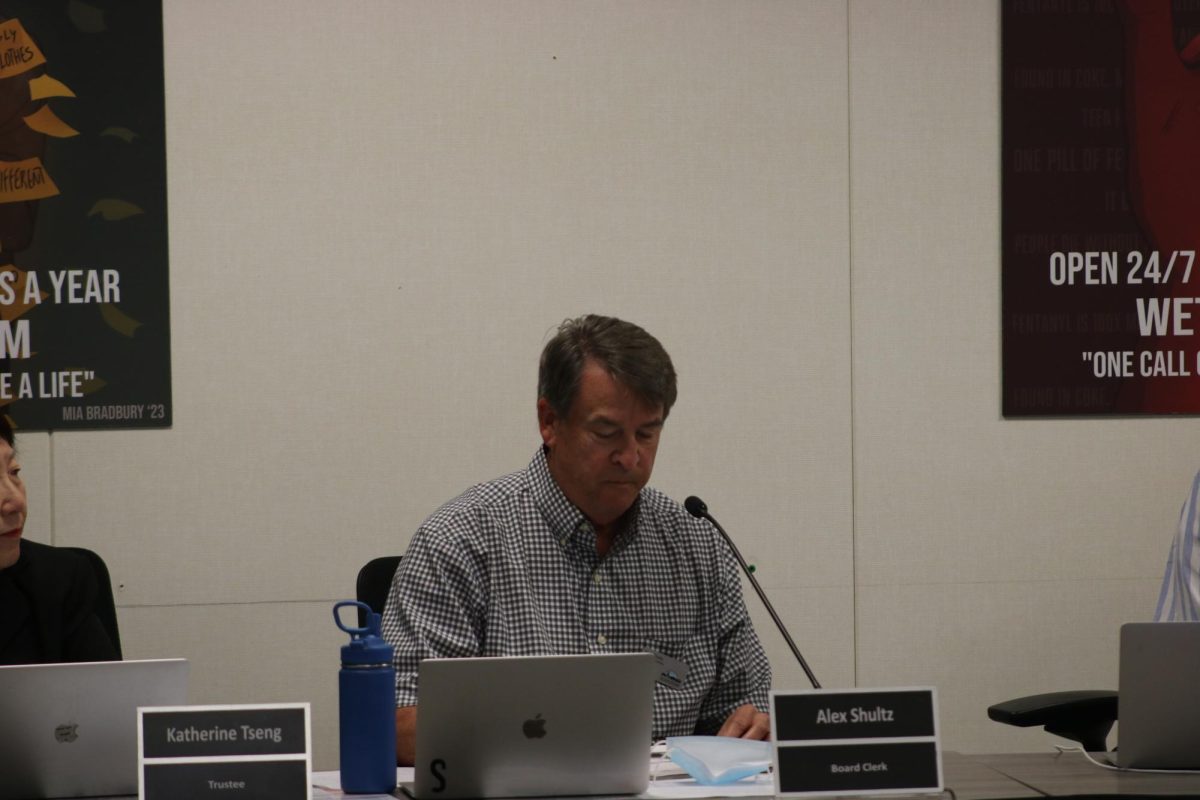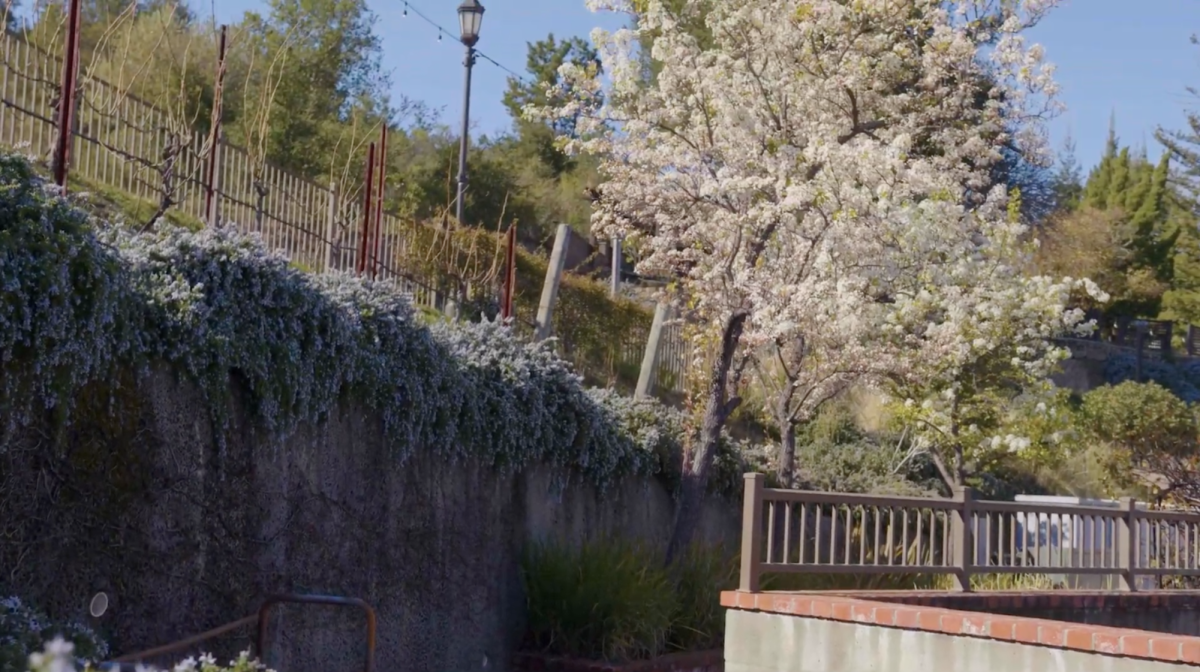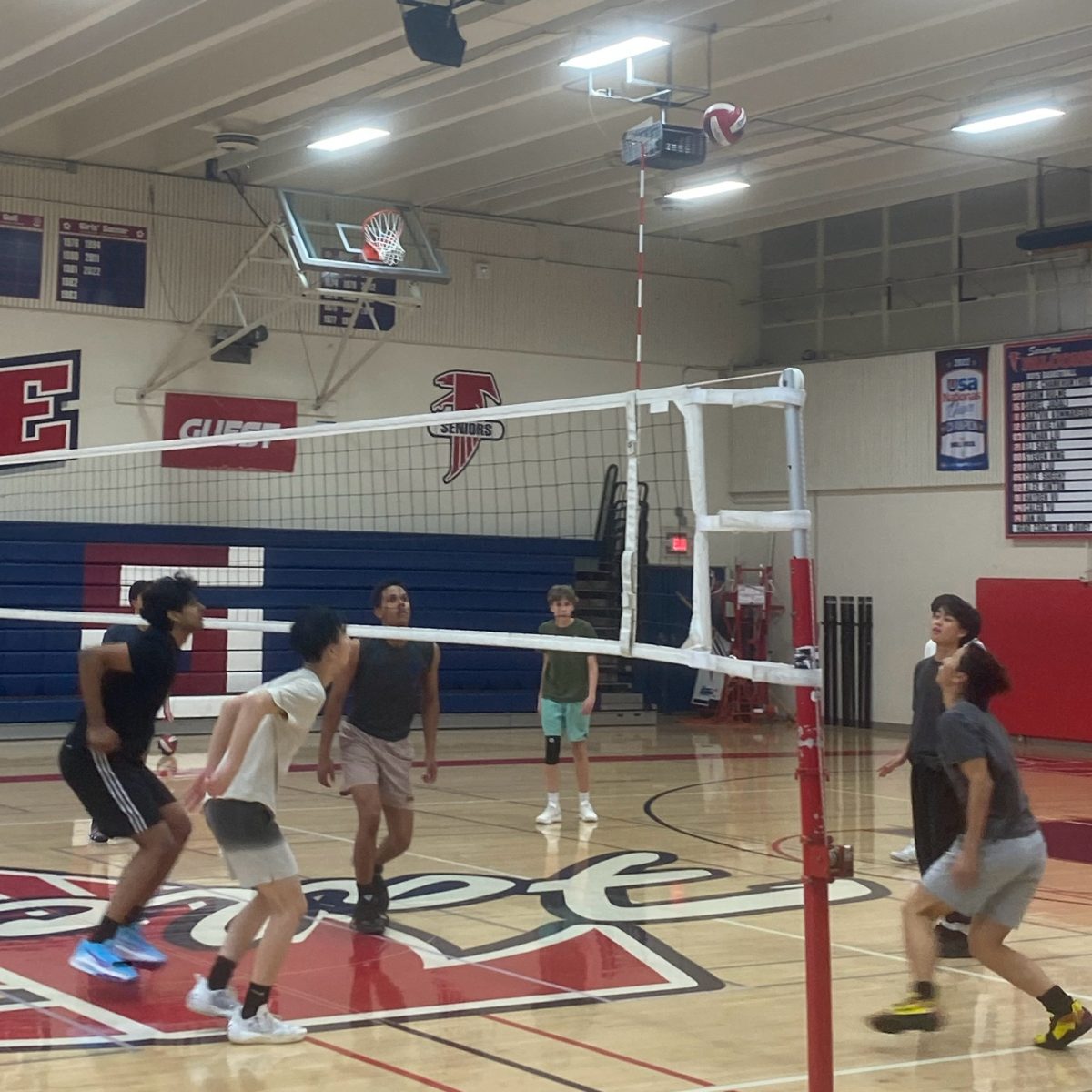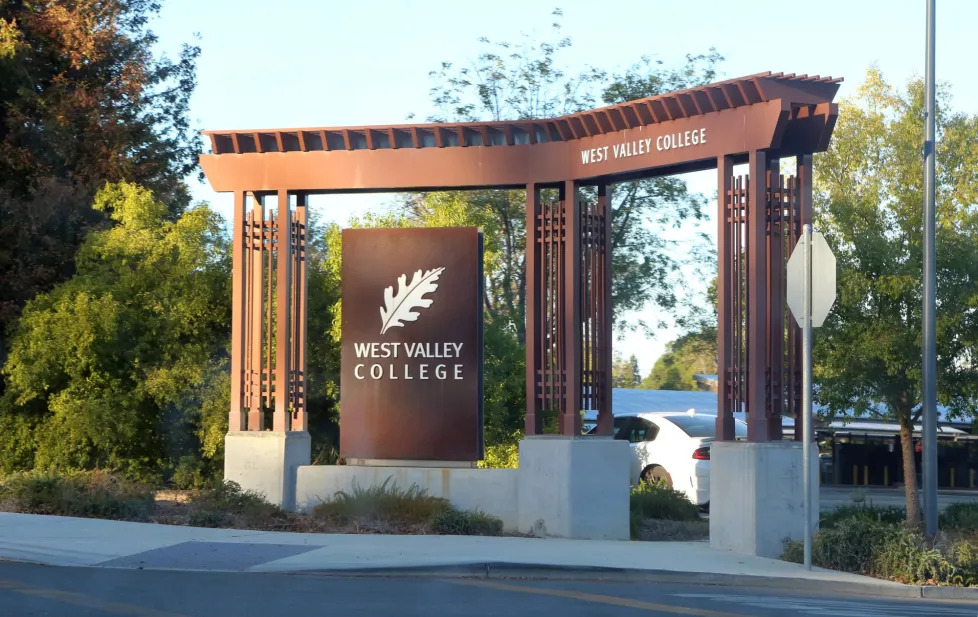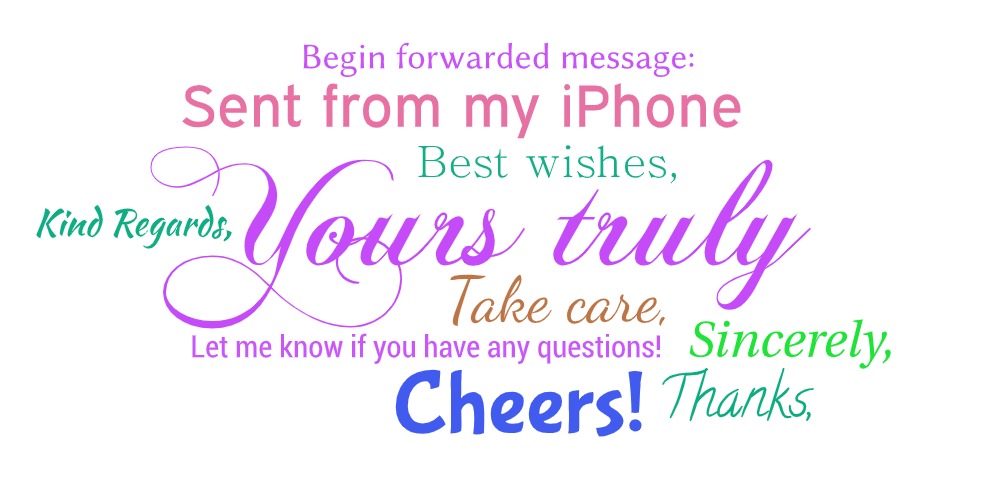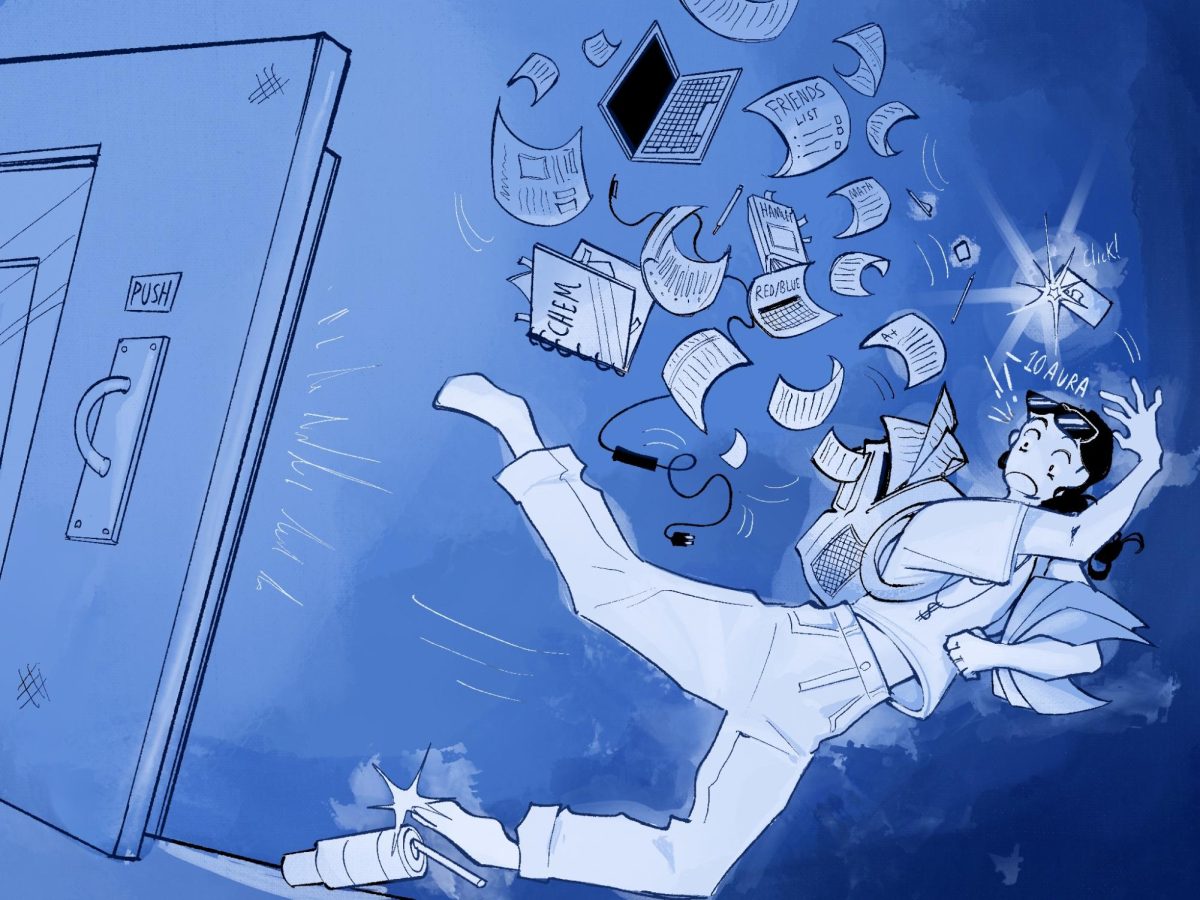Students aiming to attend top-notch colleges have to take standardized tests throughout high school such as the SAT or ACT and subject SATs if they choose to. However, in addition to these tests, which play a role in college admissions, juniors across the state have to take the “Smarter Balanced Assessment” (“SBAC”), an English and math test offered during the spring.
This year, the test was held during the week of March 25. The test includes an English and math section consisting of multiple choice, short answer and synthesis questions.
Although the test is optional, students should take and aim to do well on the SBAC because it not only affects the school’s ranking but it is also important for students. However, many students do not take the SBAC seriously, since they see it as insignificant compared to all the other tests and assignments that are due for classes that week.
Showing proficiency in the English and math sections of the test is important for students who might want to attend a California State University. Even though scores from the SBAC are not sent to colleges, a student’s performance on the SBAC affects his or her placement in their math and English courses once accepted at a CSU. For example, if a student answers certain questions in the math section correctly, they may be allowed to skip a college-level math course at a CSU.
Additionally, the performance of students on the SBAC affects the academic performance index (API) score of each school, which is one of the only ways colleges can differentiate GPAs from school to school. A 4.0 in a school with a higher API looks better to admissions officers than a 4.0 at a school with a lower API.
Likewise, the score serves as a testament to the school’s academic rigor; this means receiving a lower grade from a school with a higher API is more likely to be pardoned by admissions officers than a poor grade from a school with a lower API.
Since the SBAC affects both the school’s ranking and the placement of students in math and English classes at CSUs, students should try their best and stop thinking that their individual score on the test holds little value.
This year, the school decided to administer the test over one full day, instead of the previous two half days, a change that was helpful for the students. Only having to spend one day on the SBAC motivated students to put more effort into the SBAC since they knew that after a day they would be done with the test.
Even so, administrators and teachers should provide even more incentives to encourage students to put in their best effort on the SBAC. For instance, if teachers minimized homework on the weekend prior to the SBAC, they would be more likely to take the test more seriously — especially if they knew the reason for the light homework load was the test.
Other possible incentives include making sure that every student is aware of the importance of the SBAC and allotting time for more breaks during the test to keep them engaged.
Even though standardized tests are a burden and students already have to take so many over the course of their high school careers, the SBAC does not require any studying and it is administered during a school day. All students have to do is focus and put in their best effort into the test. If everyone does this, everyone benefits.

